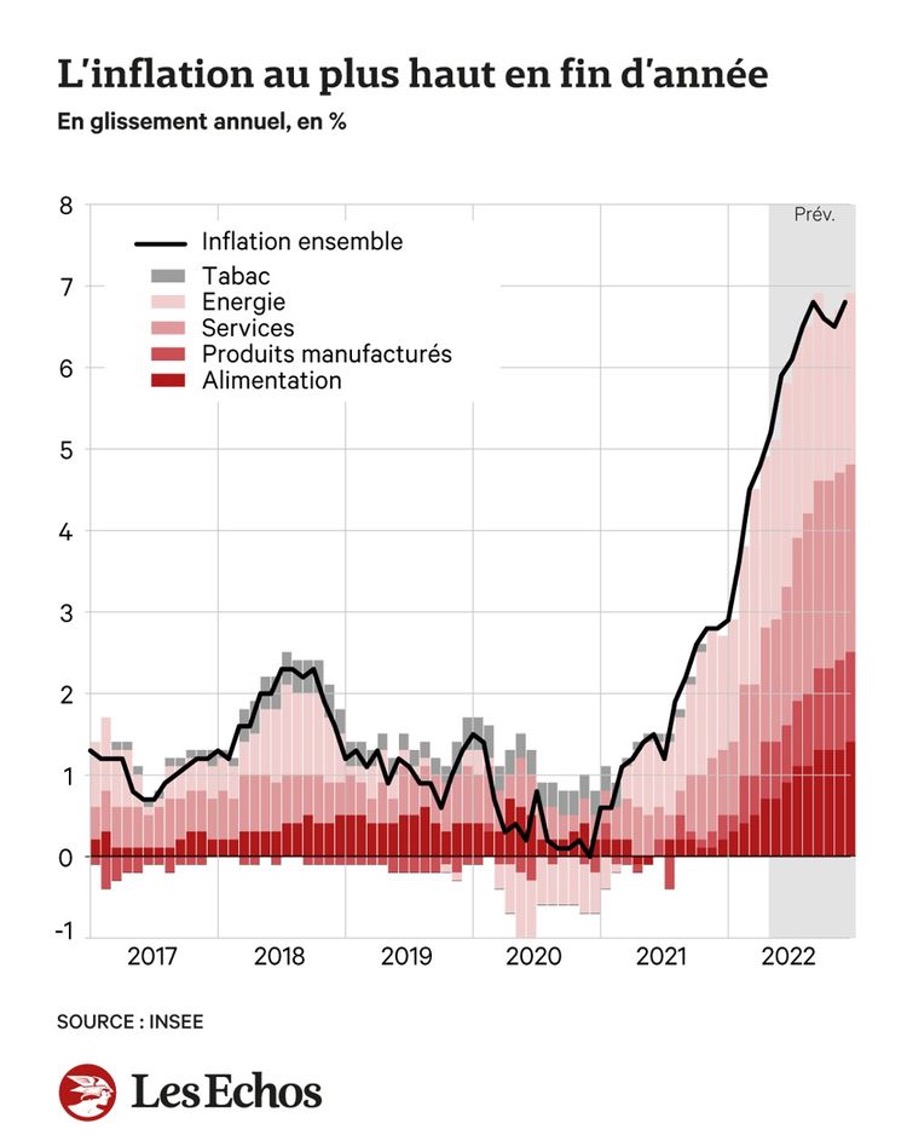What are the different financial products traded in financial markets?
In this article, Louis DETALLE (ESSEC Business School, Grande Ecole Program – Master in Management, 2020-2023) explains what are the main financial products traded in financial markets.
What is a financial product?
Financial ‘products’ or ‘instruments’ are contracts that are traded on financial markets. Each type of product is traded in a specific financial market. In financial institutions, each type of product is managed by a dedicated team.
Financial products also differ in their type of risk and their risk level. As expected return and risk are positively related, (expected) returns on financial products also differ.
What are the three most simple types of financial products?
Shares
Investing in a share means acquiring a share in the capital of a company. The value of the share varies, depending in particular on investors’ expectations of the company’s earnings. These shares can be traded on the financial markets if the company is listed on a stock exchange.
As the value of the investment is not guaranteed, investing in shares is risky. It can be seen as a long-term investment with sometimes significant short-term fluctuations, as we can see at the moment with the disturbances linked to the war in Ukraine.
Bonds
Buying bonds therefore means lending at an interest rate and over a period known from the outset. For this reason, the cash flows of a bond can be computed from the outset. But financial risks (interest rate risk and credit risk) remain for such a product.
The risk associated with a bond is in fact that of a default by the lender, either that it cannot pay the interest or repay the capital. The stronger the borrower, the less risky the bond. As the expected return and risk of a bond are positively related, it is possible to anticipate the interest rate of a bond by looking at the rating of the company or the country according to the rating agencies (about credit rating you can read this post).
Foreign exchange
The foreign exchange market (or ‘forex’) is where currencies (dollar, euro, etc.) are traded. The exchange rates between currencies can fluctuate very quickly and create a currency risk in converting one currency into another.
What are the other types of financial products?
Options
Options are so-called “derivatives” because their value depends on the value of another asset, known as the “underlying”.
These underlyings can be simple financial products such as those mentioned above, or physical products (commodities) or stock market or weather indices, for example.1 in the Resources section) will not be affected by the new bond issue.
A special case: the Stock Options
The stock option program is a compensation tool available to companies with shares (listed or unlisted). It is generally not granted collectively, but rather seeks to build loyalty and motivate key employees for the company’s strategy by associating them with its results, such as top management.
Stock options are subscription options or stock purchase options. Certain employees or corporate officers have the right – but not the obligation – to buy shares in the company in which they work, at a price fixed at the time of grant. These are therefore similar to the options mentioned above, whose underlying asset is the share. However, the major difference is that, unlike options that can be traded on the financial markets, stock options are reserved for certain employees of the company who can only sell them if the bylaws enable them to do so.
Related posts on the SimTrade blog
▶ Jayati WALIA Credit risk
▶ Bijal GANDHI Credit rating
Resources
About the author
The article was written in November 2022 by Louis DETALLE (ESSEC Business School, Grande Ecole Program – Master in Management, 2020-2023).



